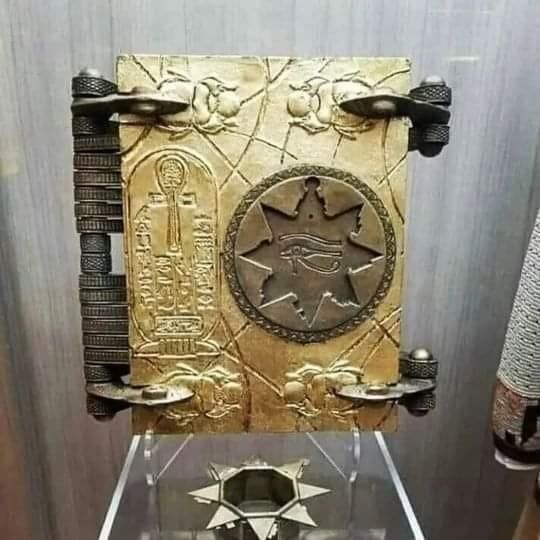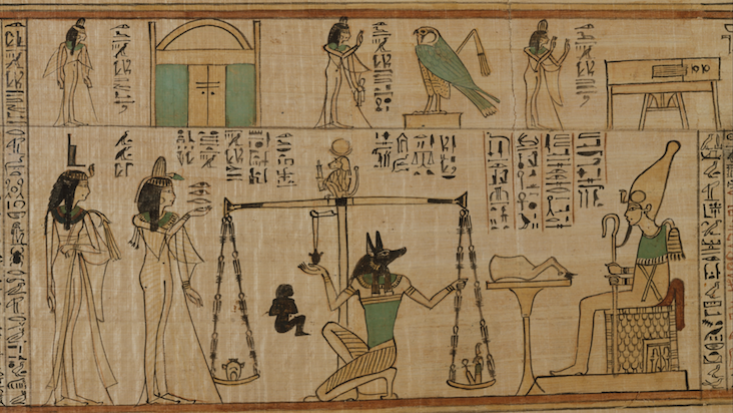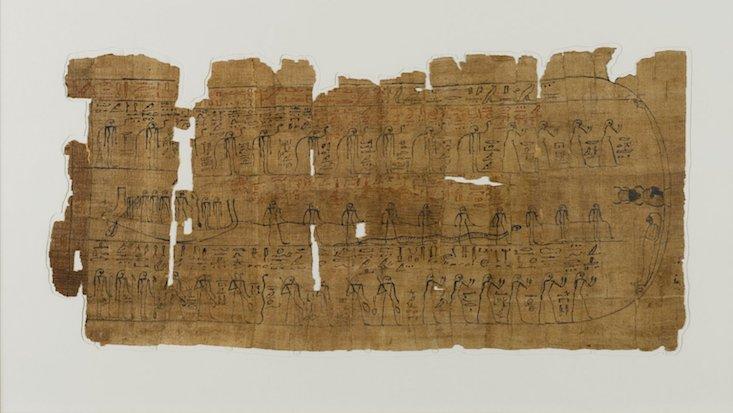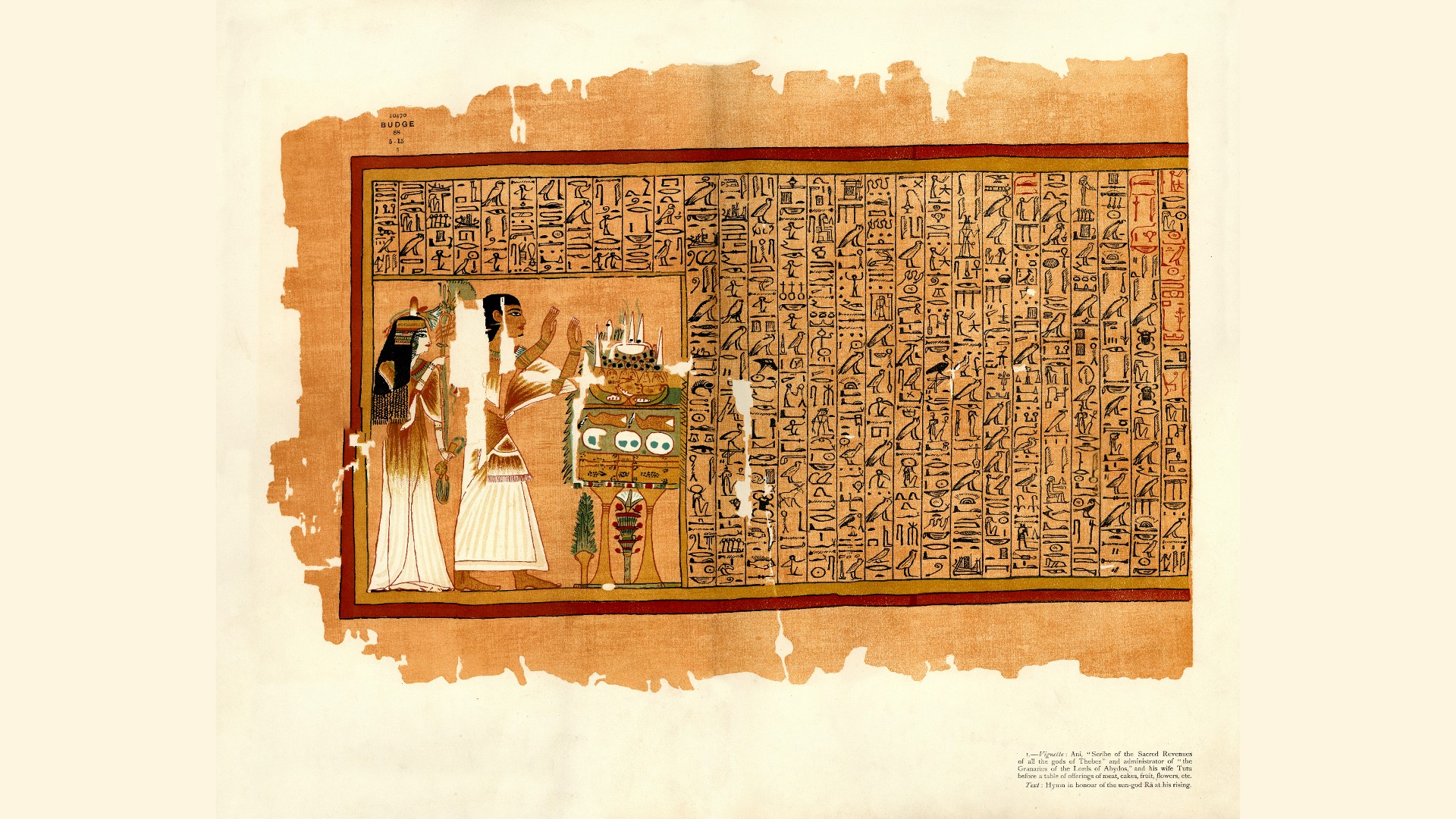Introduction
The ancient Egyptians were a civilization deeply fascinated by the mysteries of the afterlife. At the heart of their funerary beliefs and practices lay the enigmatic text known as the Book of the Dead – a collection of spells, incantations, and rituals believed to guide the deceased on their perilous journey through the underworld and into the afterlife. This captivating and complex work has long captured the imagination of scholars, historians, and the general public alike, offering a tantalizing glimpse into the rich spiritual world of one of the most advanced ancient civilizations.
In this comprehensive blog post, we will delve into the fascinating history, purpose, and contents of the Book of the Dead, exploring its role in the Egyptian conception of the afterlife and the insights it provides into their beliefs about death, the soul, and the cosmic order. From the intricate funerary rites to the vivid depictions of the underworld, we will uncover the layers of symbolism and mythology that imbue this remarkable text, shedding light on the profound spiritual beliefs that underpinned ancient Egyptian society.

The Origins and Evolution of the Book of the Dead
The origins of the Book of the Dead can be traced back to the ancient Egyptian funerary texts known as the Pyramid Texts, which date back to the Old Kingdom (c. 2686-2181 BCE). These early texts, which were inscribed on the walls of royal tombs, contained spells and incantations designed to ensure the safe passage of the deceased pharaoh into the afterlife. Over time, these texts evolved and expanded, eventually giving rise to the Coffin Texts, which were written on the interior of coffins and accessible to non-royal individuals.
The Book of the Dead, as we know it today, emerged during the New Kingdom (c. 1550-1069 BCE) and represented a further evolution of these earlier funerary texts. Unlike the Pyramid and Coffin Texts, which were primarily reserved for the pharaohs and the elite, the Book of the Dead was more widely available, with copies being produced for a broader range of individuals, from wealthy nobles to commoners. This democratization of the afterlife rituals reflected the growing belief that the promise of eternal life was not limited to the ruling class, but could be attained by all who were properly prepared.
The Book of the Dead continued to be used and expanded upon throughout the subsequent Intermediate and Late Periods, with new spells and incantations being added to the growing corpus of texts. By the time of the Ptolemaic and Roman periods (c. 332 BCE-30 CE), the Book of the Dead had become a complex and highly codified collection of funerary texts, with standardized versions and established conventions for their inclusion and arrangement.

The Structure and Contents of the Book of the Dead
The Book of the Dead is not a single, cohesive text, but rather a collection of spells, incantations, and rituals that were believed to aid the deceased in their journey through the underworld and into the afterlife. These texts were typically written on papyrus scrolls and placed in the tomb or coffin of the deceased, serving as a kind of spiritual guide and talisman for the journey ahead.
The exact contents of the Book of the Dead varied from individual to individual, as the selection of spells and rituals was often tailored to the specific needs and beliefs of the deceased. However, certain core elements and themes were common across the different versions of the text:
- Spells for the Deceased’s Journey: These spells were designed to protect the deceased from the various perils and obstacles they would encounter in the underworld, such as dangerous deities, hostile spirits, and the final judgment before the god Osiris.
- Rituals for Transformation and Rebirth: Many of the spells in the Book of the Dead focused on the deceased’s transformation and rebirth, often drawing upon the myth of the god Osiris and his own journey through death and resurrection.
- Invocations and Offerings: The text also included spells and rituals for invoking the aid of various gods and goddesses, as well as instructions for making offerings and performing funerary rites to ensure the deceased’s safe passage.
- Declarations of Innocence: A key component of the Book of the Dead was the “Negative Confession,” in which the deceased would declare their innocence of various sins and transgressions, in preparation for the final judgment before Osiris.
- Descriptions of the Underworld: The Book of the Dead also contained vivid and often fantastical descriptions of the underworld, known as the Duat, and the various deities, landscapes, and challenges that the deceased would encounter on their journey.
The organization and structure of the Book of the Dead was not fixed, and different versions of the text could vary significantly in their arrangement and inclusion of specific spells and rituals. However, most versions tended to follow a general narrative arc, guiding the deceased through the various stages of their afterlife journey.

The Significance of the Book of the Dead
The Book of the Dead was a pivotal component of ancient Egyptian funerary beliefs and practices, serving as a vital link between the world of the living and the world of the dead. Its significance can be understood on several levels:
- Spiritual and Cosmological Significance: The Book of the Dead was deeply rooted in the ancient Egyptian conception of the universe and the afterlife. The spells and rituals it contained were believed to be essential for the deceased’s successful navigation of the Duat, the underworld, and their ultimate transformation and rebirth into the afterlife.
- Social and Cultural Significance: The Book of the Dead was not just a religious text, but also a reflection of the social and cultural values of ancient Egyptian society. The inclusion of specific spells and rituals in an individual’s tomb was often a reflection of their social status, wealth, and religious beliefs.
- Psychological and Emotional Significance: For the ancient Egyptians, the Book of the Dead provided a means of coping with the fear and uncertainty of death. By outlining the steps and challenges the deceased would face in the afterlife, the text offered a sense of order and control, helping to alleviate the anxiety and grief associated with the loss of a loved one.
- Artistic and Aesthetic Significance: The Book of the Dead was not just a functional text, but also a work of art. Many of the papyrus scrolls containing the text were beautifully decorated with intricate illustrations, hieroglyphic inscriptions, and vibrant colors, reflecting the artistic and aesthetic sensibilities of ancient Egyptian culture.

The Book of the Dead in the Modern World
The Book of the Dead has continued to captivate the imagination of scholars, artists, and the general public in the modern era. Its enigmatic and mystical nature has inspired numerous works of literature, art, and popular culture, from the writings of Egyptologists and historians to the depictions of the underworld in film and television.
In the realm of scholarship, the Book of the Dead has been the subject of extensive research and analysis, with scholars delving into its linguistic, cultural, and religious significance. The study of this text has provided invaluable insights into the beliefs, practices, and worldview of the ancient Egyptians, shedding light on the complex and sophisticated nature of their spiritual and cosmological beliefs.
At the same time, the Book of the Dead has also captured the public’s imagination, inspiring a sense of wonder and fascination with the mysteries of the ancient Egyptian afterlife. From the iconic images of mummies and sarcophagi to the fantastical depictions of the Duat and its denizens, the Book of the Dead has become a powerful symbol of the enduring legacy of ancient Egyptian civilization.
Conclusion
The Book of the Dead is a testament to the profound spiritual and cosmological beliefs of the ancient Egyptians, offering a glimpse into the complex and intricate world of their funerary practices and afterlife rituals. Through its spells, incantations, and vivid descriptions of the underworld, this remarkable text has continued to captivate and inspire scholars, artists, and the general public alike, revealing the depth and complexity of one of the most advanced ancient civilizations.
As we continue to unravel the mysteries of the Book of the Dead, we gain a deeper understanding of the ancient Egyptians’ conception of the afterlife and the role it played in shaping their cultural, social, and religious beliefs. This text, with its enduring legacy and continued relevance, serves as a powerful reminder of the enduring human need to grapple with the profound questions of life, death, and the unknown.
